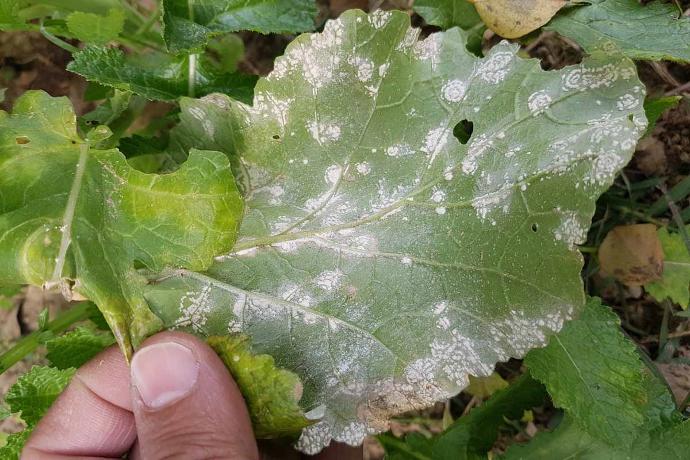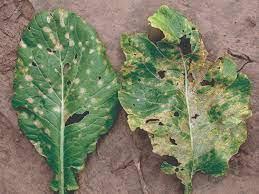Turnip Plant
Turnips are biennials, 12-24 inches tall, and frost-tolerant. They prefer well-drained, fertile soil in full sun to partial shade. Keep the soil moist. Turnips are edible but not medicinal.
Habit
Biennial
Height
0.3 to 0.4 m
Growth
Moderate
Soil
Well-drained, Loamy
Shade
Full Sun to partial shade
Moisture
Moist
Edible
Yes
Medicinal
No
Origin
Europe, Asia
Climatic Condition
Temperate, Subtropical
Temperature (°)
10°C to 20°C
Humidity (%)
60% to 80%
Potting media
50% Loam, 40% Sand, 10% Compost
Fertilizers
Organic Fertilizer
Watering
Regular watering
Plant Weight
1 to 2 kg
Flowering Time
Spring to Fall
Soil Ph level
6.0 to 7.0
Water Ph level
6.0 to 7.0
Soil EC
0.4 to 0.6 mS/cm
Yield Per Plant
10 to 15 kg per hectare
NPK ratio
5:10:05
life Span
1 to 2 years
Health Benefits
High in Nutrients, Medicinal
Suggested Grow Media or Potting Mix ?
40% compost, 30% peat moss, 30% perlite
Suggested Fertigation/Fertilizers
Fertilize every 4 weeks with a balanced, water-soluble fertilizer.
Common Diseases and Remedies
Alternaria Leaf spot , White rust .
Yellowish, slightly raised lesions appear later on the stems and seed pods , faint yellow spot opposite the white lesion on the underside of the leaf .
Treat your seeds with hot water to kill the fungus , Roughing.
HEALTH BENEFITS
1. Rich in vitamins and minerals: Turnips are rich in vitamins A, C, and K, as well as minerals like calcium and potassium.
2. May help support immune function: Turnip's vitamin C content may help support immune function and reduce the risk of illness.
3. May help support digestive health: Turnip's fiber content may help support digestive health and prevent constipation.
What Is An Turnip Tree?
The turnip plant, referred to experimentally as Brassica rapa, is a biennial plant developed for its consumable roots and greens. Having a place with the cabbage family, turnips are cool-season vegetables that flourish in very much depleted, prolific soil. They are portrayed by their bulbous white or purple taproot, which is gathered for utilization. The leaves of the turnip plant are additionally eatable and can be cooked like other salad greens.
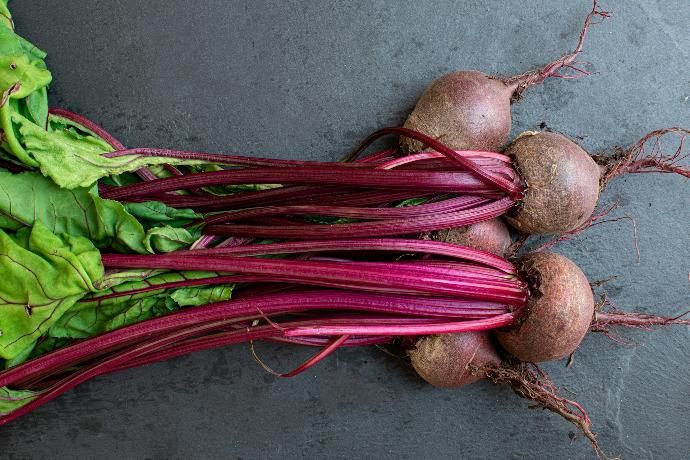
What Are The Different Types Of Turnip
1. Purple Top Turnip
This is quite possibly of the most broadly developed assortment, known for its enormous, round roots with purple tops and white bottoms. It has a sweet, gentle flavor and is in many cases utilized in cooking and animals scrounge.
2. White Globe Turnip
Comparable in shape to the purple top turnip, the white globe turnip has a white skin and tissue. It has a somewhat milder flavor than the purple top assortment and is likewise utilized in cooking and domesticated animals rummage.
3. Golden Ball Turnip
This assortment has a yellow skin and sweet, gentle flavor. It is in many cases utilized in cooking and is valued for its appealing appearance.
4. Seven Top Turnip
Not at all like different assortments, the seven top turnip is developed fundamentally for its greens instead of its foundations. The leaves are dim green and have a somewhat harsh flavor. They are in many cases utilized in servings of mixed greens and cooking.
5. Tokyo Cross Turnip
This is a half and half assortment known for its smooth, white roots and sweet flavor. It is frequently developed for its foundations, which are utilized in cooking and mixed greens.
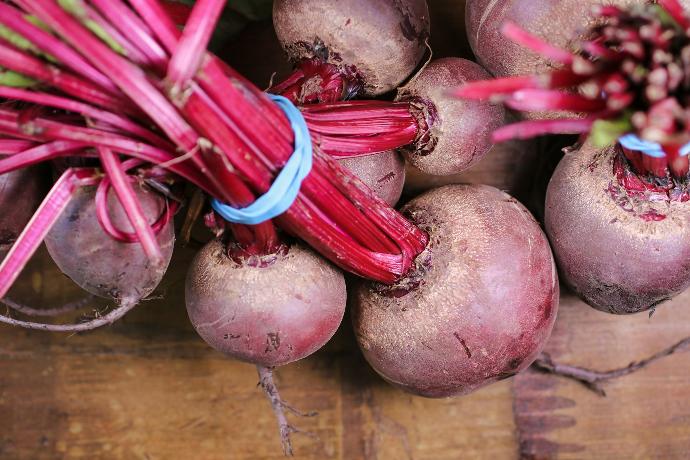
How to Care Turnip Plant ?
1. Location
Turnip plants flourish in cool climate and favor temperatures between 50-75°F (10-24°C). They can endure light ice, which might improve their flavor. Establishing turnips in all around depleted, free soil wealthy in natural matter is ideal. They lean toward full sun yet can endure halfway shade, particularly in more sizzling environments.
2. Sunlight
Turnip plants favor full sun, and that implies they need something like 6-8 hours of direct daylight each day to flourish. Notwithstanding, they can endure fractional shade, particularly in more sultry environments. In regions with extremely blistering summers, giving some midday shade can assist with keeping the plants from shrinking or catapulting (going to rashly seed). Generally speaking, mean to establish turnips in an area that gets a lot of daylight, yet they can in any case develop sensibly well in fractional shade if fundamental.
3. Soil
Prior to planting, it's smart to change the dirt with fertilizer or all around spoiled compost to work on its surface and richness. This will assist with guaranteeing that the turnip plants approach the supplements they need to develop solid roots and leaves. Try not to establish turnips in weighty mud soils, as these can make the roots become deformed or hindered.
4. Hydration
While watering turnips, expect to give around 1 inch of water each week, either through precipitation or water system. This can change contingent upon the climate and soil conditions, so it's really smart to check the dirt dampness consistently and change your watering plan on a case by case basis.
5. Nourishment
During the developing season, you can side-dress the plants with a nitrogen-rich manure, for example, fish emulsion or fertilizer tea, each 3 a month to advance verdant development. Abstain from over-treating, as this can prompt unreasonable foliage to the detriment of root advancement. Turnip plants have humble supplement prerequisites yet benefit from a fair manure application to help sound development. Prior to planting, integrate a fair compost into the dirt as indicated by the producer's guidelines. A universally useful compost with a N-P-K proportion of around 10-10-10 or comparative is reasonable.
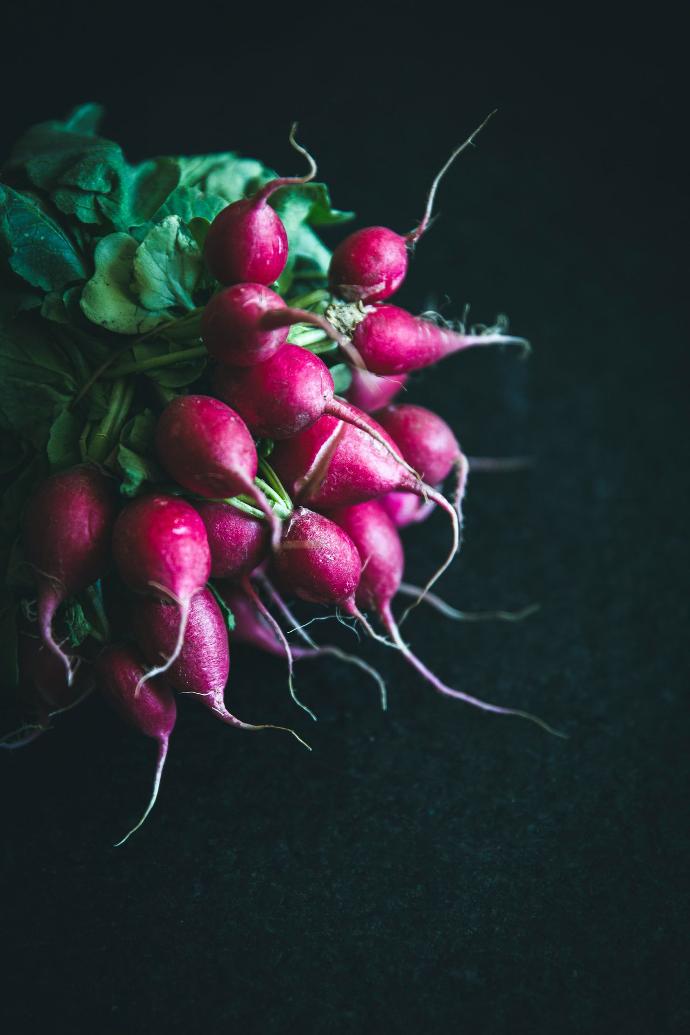
6.Issues
Normal nuisances that can influence turnip plants incorporate insect scarabs, aphids, and cabbage worms. These irritations can harm the foliage and underlying foundations of the plants. To oversee bugs, you can utilize insecticidal cleansers or natural bug sprays, or present normal hunters like ladybugs. Turnip plants are helpless to infections, for example, clubroot, fine buildup, and wool mold. To forestall these illnesses, practice crop pivot, try not to establish turnips in waterlogged soil, and eliminate and obliterate any tainted plants.
What are the Benefits of Turnip Plant ?
1. *Nutritional Value:* Turnips are low in calories however plentiful in nutrients, minerals, and fiber. They are a decent wellspring of L-ascorbic acid, potassium, and folate, among different supplements. Remembering turnips for your eating routine can assist with supporting in general wellbeing and prosperity.
2. *Versatility:* Turnips are a flexible vegetable that can be utilized in various culinary dishes. They can be bubbled, steamed, broiled, or squashed, and their greens can be cooked and eaten like spinach or kale. Turnips add flavor and nourishment to soups, stews, mixed greens, and side dishes.
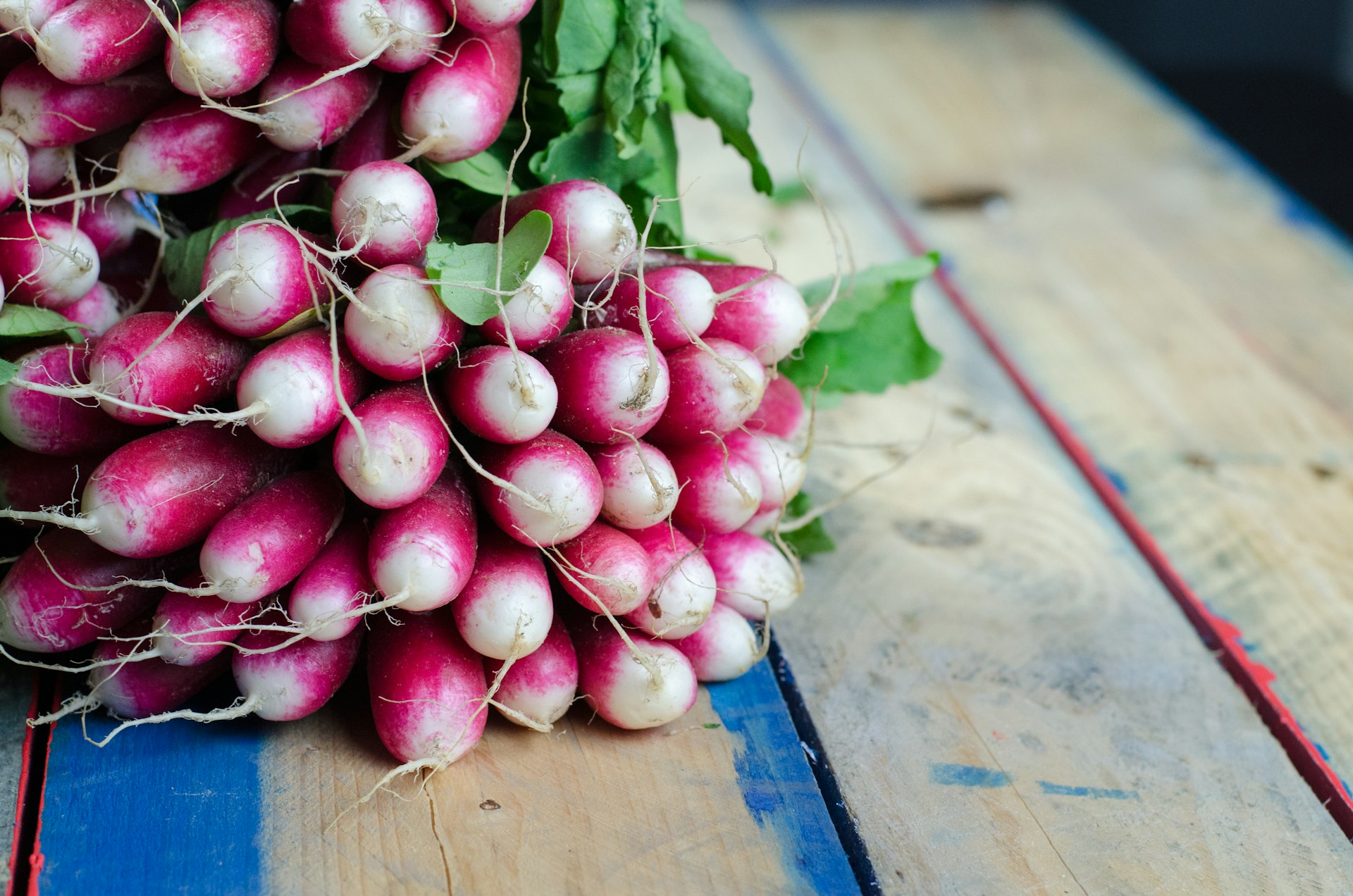
FAQs About Growing Turnip
1. How to keep up with turnip plant
Monitor plants regularly for signs of pests and diseases. Use organic pest control methods when needed, such as insecticidal soaps or neem oil.
2. what are the uses of turnip plant
The most common use of turnip plants is for their edible roots. Turnip roots can be cooked in various ways, including boiling, steaming, roasting, or mashing. They can be used in soups, stews, casseroles, and as a side dish. Turnip roots have a mildly sweet and peppery flavor.
3. I can grow turnip plant indoor?
Select a container that is at least 8-10 inches deep to accommodate the turnip roots. Make sure the container has drainage holes at the bottom to prevent waterlogging.
4. which pot is best for the growing turnip plant?
For growing turnip plants in containers, choose a pot that is at least 8-10 inches deep and has a diameter of 12-18 inches. This size will provide enough space for the turnip roots to develop properly. The pot should have drainage holes at the bottom to prevent waterlogging, which can cause root rot.
5. from where I can shop turnip plant?
Visit your local nursery or garden center, especially in the spring and fall when they are likely to have a variety of vegetable plants, including turnips.
